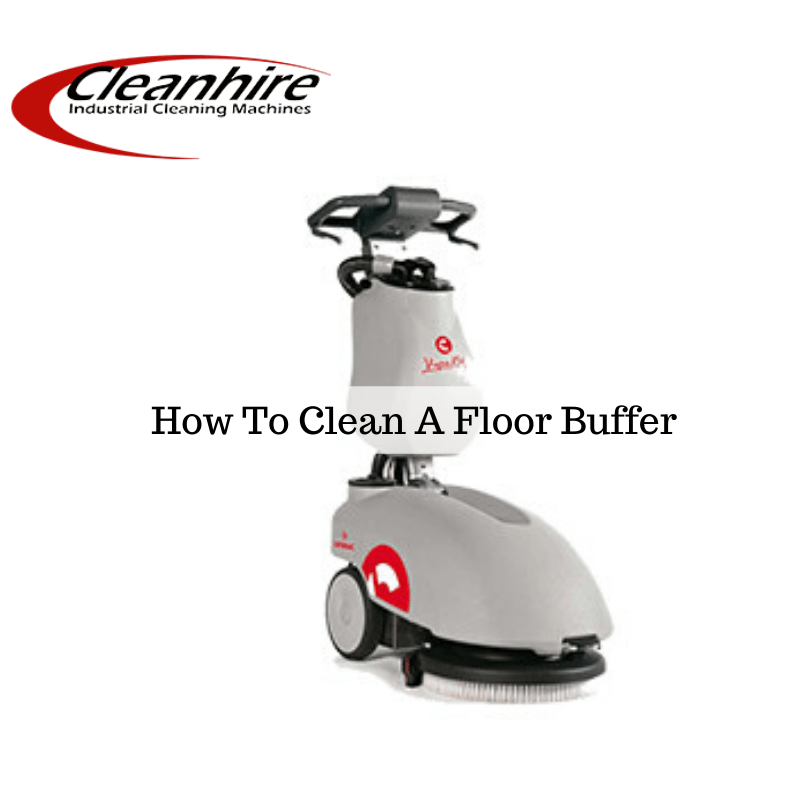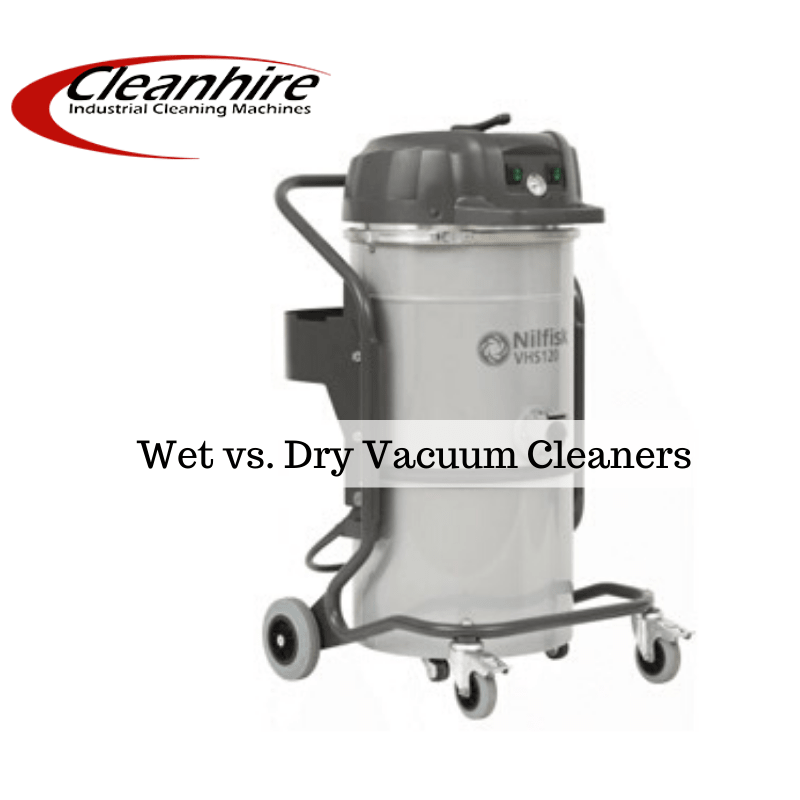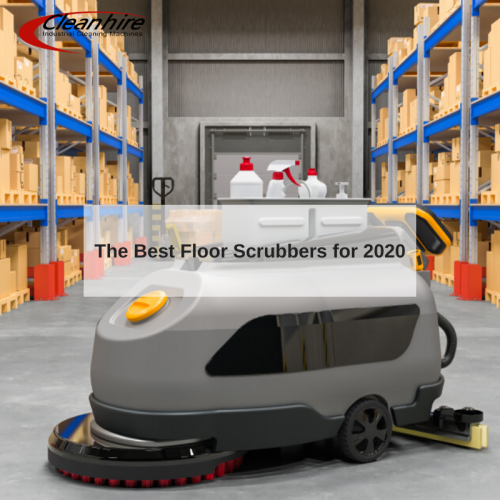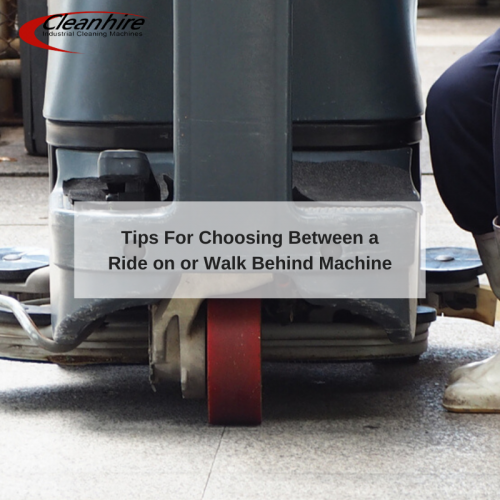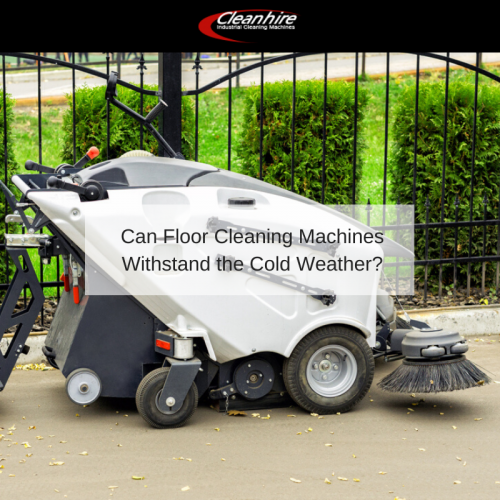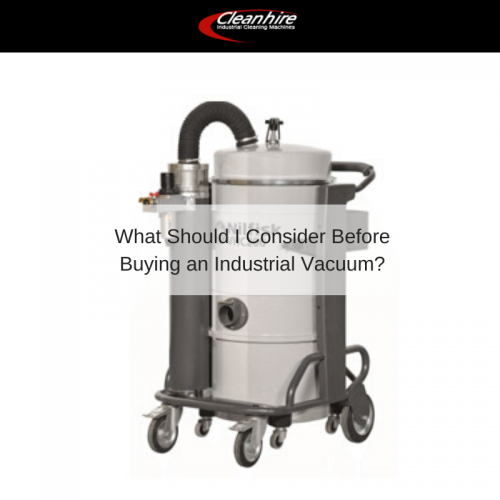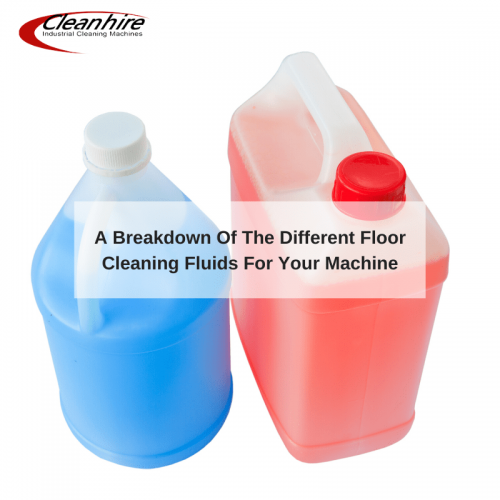 Floor cleaning machines are extremely modern and capable of addressing a host of different tasks. Whether referring to commercial, industrial or domestic environments, you have numerous options at your disposal.
Floor cleaning machines are extremely modern and capable of addressing a host of different tasks. Whether referring to commercial, industrial or domestic environments, you have numerous options at your disposal.
Still, these units are only as effective as the detergents which are employed during the actual cleaning process.
What are your choices and what benefits are attributed to each? Let us take a look at some common formulations.
Neutral Cleaners
There are certain surfaces which will require a significant amount of care during the cleaning process. Some examples include stone and tile; particularly if these materials are quite old.
Cleaners that are too high in acidity or alkalinity can actually damage these surfaces. This is when pH-neutral cleaners can represent an excellent choice.
Alkaline Varieties
There are times when you might be required to hire a floor scrubber to deal with locations associated with food production. In these cases, it is best to employ a detergent that offers relatively high alkalinity.
This arises from the fact that high-alkaline solutions can help to dissolve fats and to eliminate any microorganisms that might be present. Still, these solutions should be used with caution in order to avoid any chemical burns.
Those with Lower pH Levels
Acidic cleaning solutions can be used to cut through tough amounts of grime as well as to eliminate limescale from certain surfaces. You may also be able to dilute these cleaners (depending upon the surfaces to be addressed as well as the recommendations on the bottle).
Please keep in mind that this is only a brief overview of the types of cleaners that can be used within a typical floor cleaning machine. It is important to mention that you should always read the associated instructions.
Furthermore, never mix these cleaners with any other chemical substances; this could cause a dangerous reaction to occur.
Do you have additional questions in regards to choosing the most appropriate solution?
Would you like to learn about the different types of cleaning machines offered by Cleanhire UK? If so, a customer service representative is always standing by.

